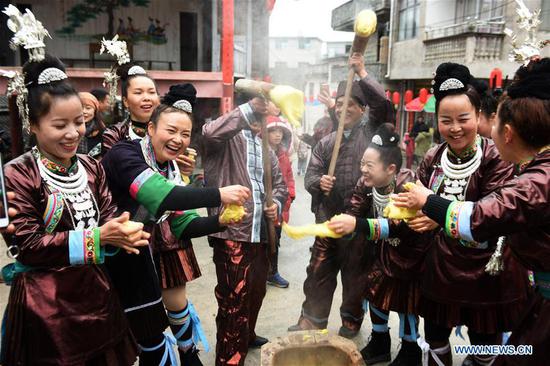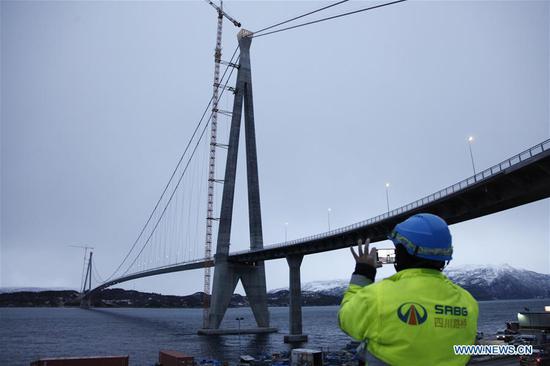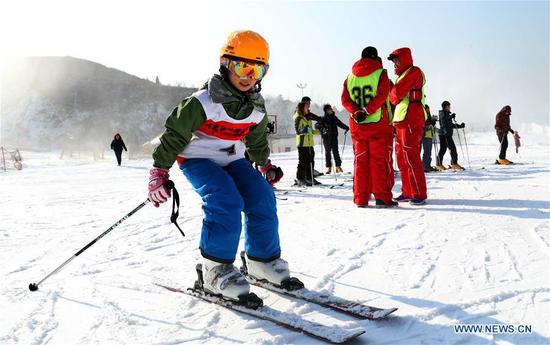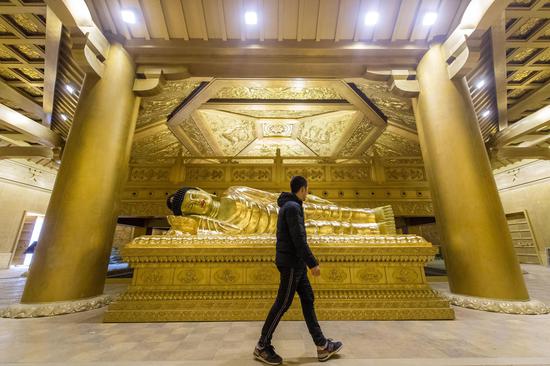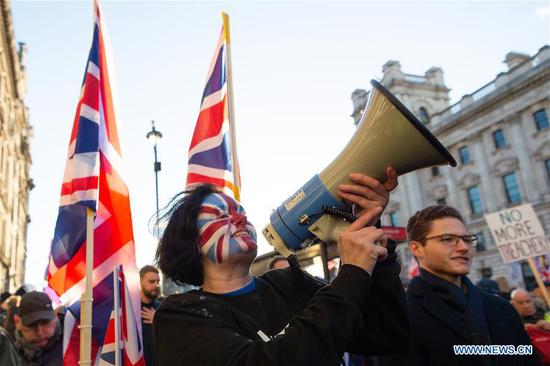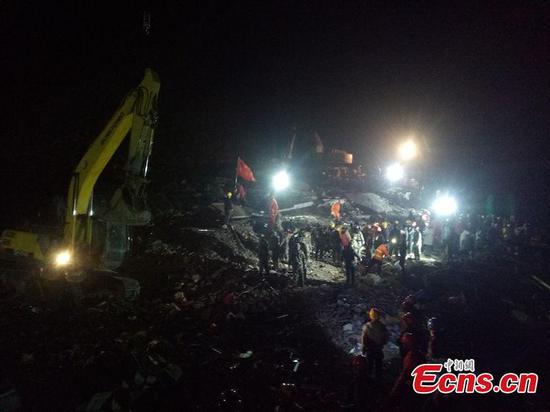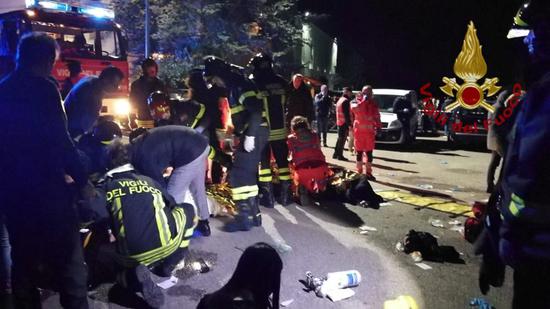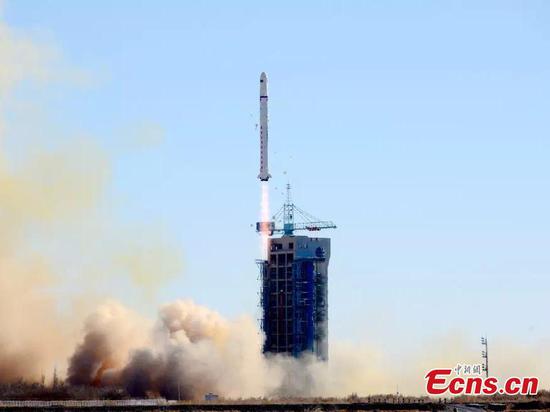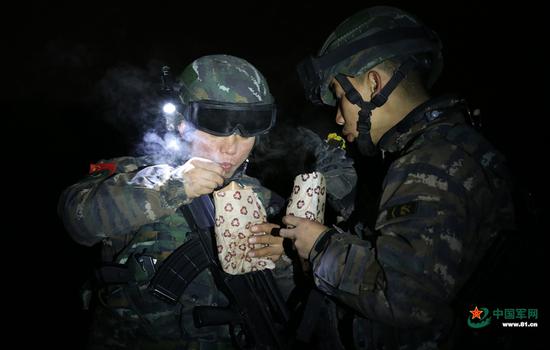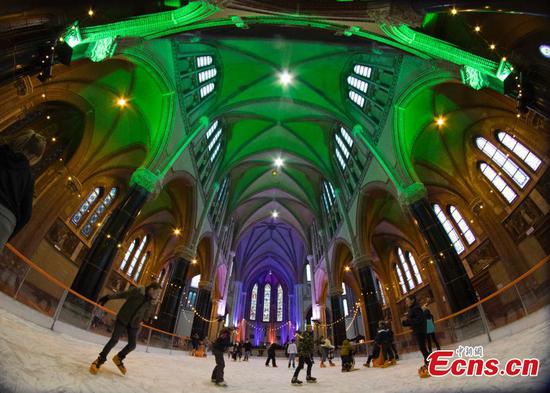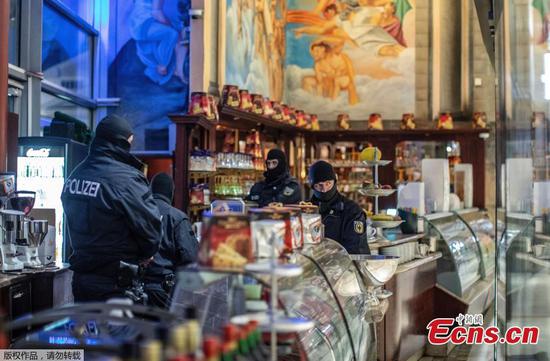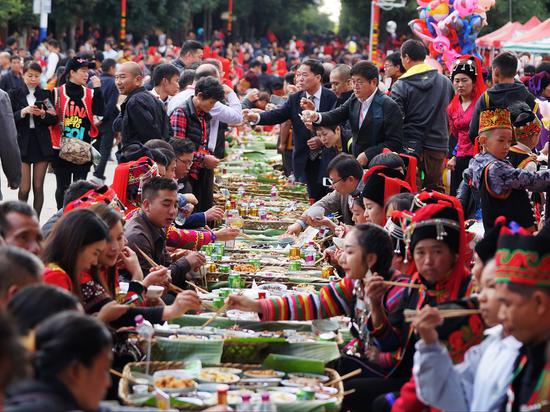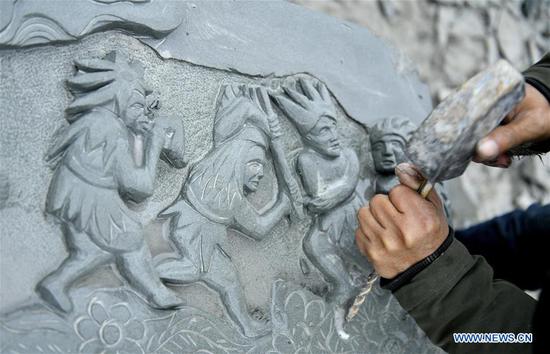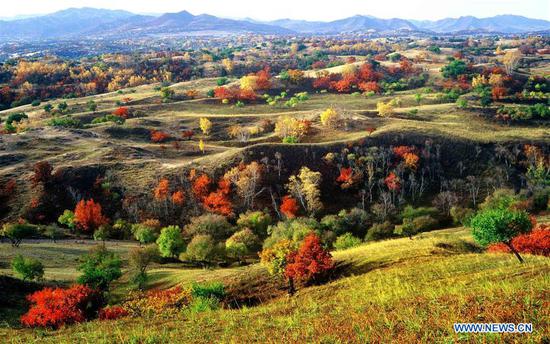(ECNS)— A research report says Beijing’s population hit an inflection point in 2017, with the number of residents with local household registration (or Hukou), and migrants from other areas both declining, the first such dual drop since 1949.
Beijing Population Blue Paper, jointly released by Beijing Population and Social Development Research Center, an institute under Beijing Municipal Party School, and Social Science Academic Press, found that the capital’s population was 21.707 million in 2017, a decrease of 22,000 since the end of 2016.
The number of residents without a Beijing hukou fell by 132,000 to 7.943 million, accounting for 36.6 percent of the total, down from 37.2 percent in 2016. Residents with a Beijing hukou totaled 13.592 million, a drop of 3 percent, or 37,000 people.
Chaoyang District ranked first among the city’s districts in population with 3.74 million people, followed by Haidian at 3.48 million. The two districts also had a total of 3 million migrants, some 40 percent of the city’s total floating population.
Analysis showed population density in downtown areas decreased by various degrees. Dongcheng District saw this density to drop from 21,715 people per square kilometer in 2013 to 20,300 in 2017, a 6.4 percent decline.
Meanwhile, Beijing is continuing the trend of an aging society with 2.376 million people at or above 65 years old in 2017, or 10.5 percent of the total population, up from 1.709 million, or 8.7 percent in 2010. Residents who are 15 to 64 years old accounted for 78.6 percent of the total in 2017, down from 82.7 percent in 2010.
The report called on the government and market forces to coordinate efforts in providing care for the elderly.









